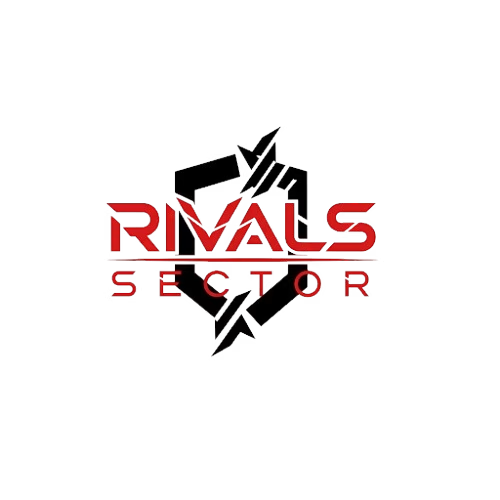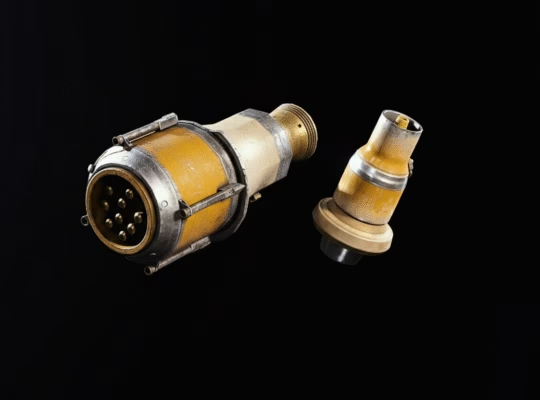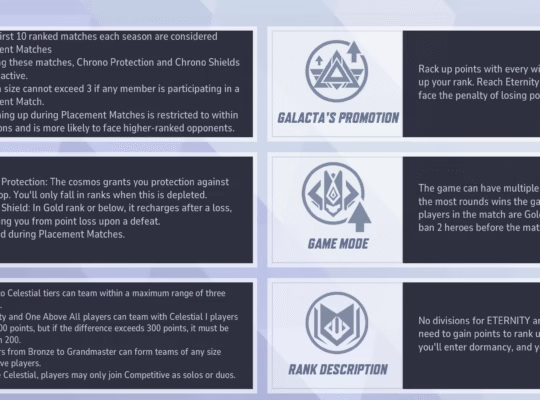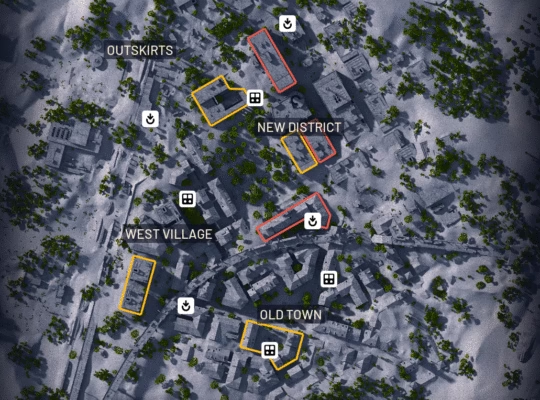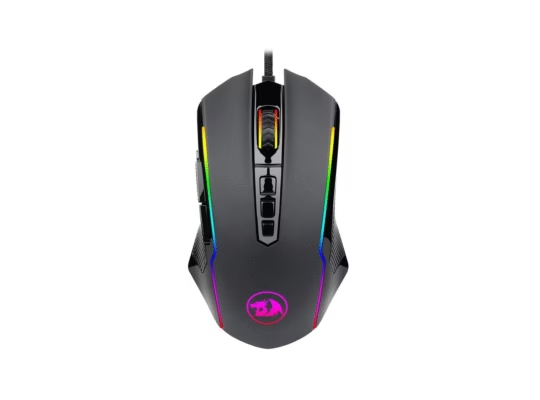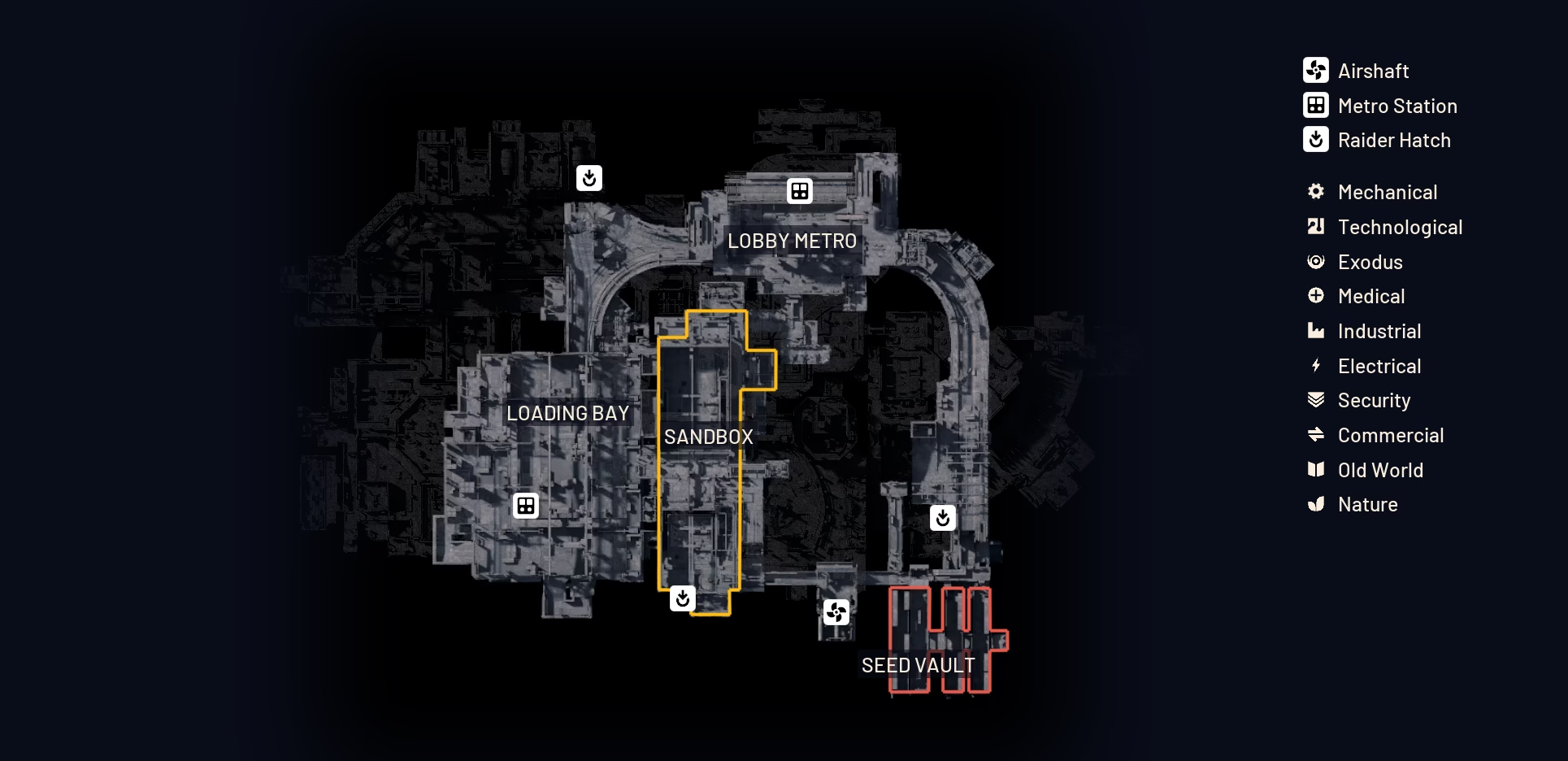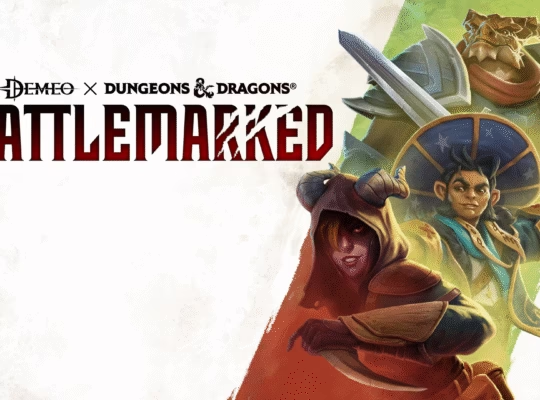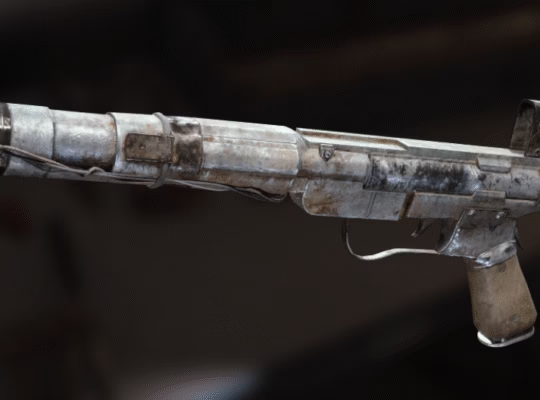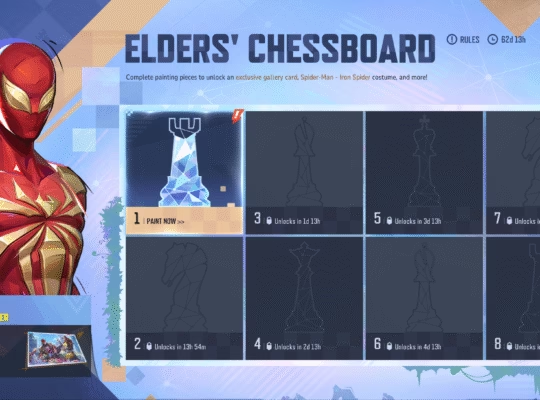Loki, the God of Mischief in Marvel Rivals, is a strategist-oriented hero whose strength comes from deception, clone creation, healing zones, and sudden repositioning. Successfully countering him is often less about a single flawless tactic and more about a layered approach: identify and remove his utility, deny his sustain, and pressure him the moment his escape tools have been spent. The suggestions below are likely to be effective in most casual and ranked scenarios, but some outcomes will depend on patch changes, team composition, and individual skill, so additional practice and observation are recommended.
| Top immediate priorities | Effective hero archetypes | Quick in-match reminders |
| Destroy illusions on sight – they grant healing and misdirection | Ranged duelists who clear clones fast, frontline tanks who force engagements, strategists who reveal invisibility | Prioritize rune destruction, punish Loki after teleport, spam AoE where he was last seen |
| Be ready to burst healing crystals to stop sustain | Heroes with AoE, fast basic attacks or ricochet mechanics | Call targets in team chat, avoid isolated 1v1s near regen zones |
| Apply pressure after Devious Exchange is used | Characters with gap-close or stun uptime | Don’t waste long cooldowns chasing a fake clone – focus the real Loki |
Understanding Loki’s Kit and Weaknesses
Loki’s toolkit is built around creating ambiguity and prolonging fights. He summons illusions that look and act like him to pull attention away, places healing runes that can keep himself or allies alive, and can swap places with a clone to escape or reset a fight. He can also become hard to target by briefly turning invisible. As specialists at Rivals Sector notes, taken together, these tools encourage disengages, misplays, and attrition tactics where the opposing team may be forced into inefficient peel and chase.
His most exploitable weaknesses, however, are fairly consistent. First, his power is proportional to how many illusions and healing objects are active – remove those and his value drops sharply. Second, his teleport-swap mechanic tends to leave brief windows where he is exposed – if the team recognizes this timing, they can convert it into kills. Third, invisibility in this game is typically fragile – area effects and tracking can reveal him or at least punish his last known location. These contrasts mean Loki rewards map control and information denial, while he is less effective when enemies prioritize objective removal and coordinated pressure.
High-Level Strategy
A coherent counter-strategy contains three concurrent goals. First, focus on removing or neutralizing illusions quickly so Loki loses his misdirection and his source of sustain. This usually means picking heroes who either shred clones with basic attacks or who have abilities that ricochet or bounce through multiple targets. Second, deny the healing runes by destroying them early in skirmishes rather than allowing Loki to anchor fights around them. Third, convert his repositioning into risk – when Loki swaps with a clone, his cooldowns and options are limited for a moment; that is the time to commit a coordinated crowd-control chain. In general, keep fights tight, communicate clone positions, and force Loki to play reactively rather than proactively.
It is possible that patches or pro-level tactics will shift the relative importance of these goals over time, so periodically reviewing patch notes and observing common pro or high-ranked play is advisable.
Hero Counters by Role
Below are role-focused suggestions that are likely to be effective, grouped by archetype and explained in more depth.
Vanguards and frontliners, for example Venom or Hulk, who can close distance and create committed pressure, tend to be useful because Loki often relies on creating space. Also, useful is Magneto or Doctor Strange who can soak clone damage while others remove runes will blunt Loki’s ability to kite the team. Heroes with persistent crowd control are valuable because they can prevent a clean exchange or trap him when he appears vulnerable.
Duelists and marksmen, who deal focused or ricocheting damage, are often the most direct counters. If a marksman (Hawkeye, Black Widow) can reliably press clones into death, Loki loses his healing and most of his utility. Duelists who have bounce mechanics or high area damage can clear illusions rapidly, for example Squirrel Girl or Moon Knight denying Loki the value of his kit.
Strategists and supports who can reveal invisibility, provide targeted burst to destroy runes, or isolate the real Loki from his illusions can tilt a fight. Abilities that detect or punish hidden movement directly undermine his deceptive playstyle.
These roles are not mutually exclusive in their countering utility – the best approach is usually a mix that covers clone removal, rune denial, and immediate follow-up pressure.
Practical Hero Examples and Why They Work
Certain heroes are commonly recommended because their kits synergize against Loki’s play pattern. For example, characters with high-rate-of-fire or multi-target basic attacks shred illusions before Loki can use them effectively. Heroes with area-denial abilities can destroy healing objects quickly while also stopping Loki from safely lingering. Gap closers and stuns punish the moment after a swap, preventing him from escaping a focused burst.
It is worth mentioning that single hero names are not a silver bullet. Matchups depend on skill calibration, cooldown management, and the larger team composition. Some heroes may be situationally stronger based on map layout and the presence of other counters on the opposing team.
Tactical Tips for In-Match Decision Making
- Target clones immediately: On sight, clones should be treated as the highest-value temporary objective because they enable healing and confusion. Killing them early prevents Loki from scaling his sustain.
- Burst healing zones: If you see a regen rune, decide as a team to remove it first rather than chasing tricky engages. Letting the rune persist usually gives Loki the upper hand in attrition fights.
- Punish post-swap windows: When Loki swaps with a clone, he typically has fewer defensive tools momentarily – that is the right time to expend high-damage abilities or chain crowd control. Coordinate with teammates to converge quickly and avoid overchasing fakes.
- Use area effects to reveal invisibility: If Loki vanishes, probing the area with quick AoE or tracking abilities can reveal or at least deter him from safely reengaging.
- Communicate and call out clone and rune locations: Loki relies on split attention and surprise, so vocalizing where his utilities are placed reduces wasted movements and improves target selection.
- Avoid solo isolation near runes: Loki excels at creating 1v1s near healing sources – if you get isolated near a rune, you will likely lose or be forced to retreat under unfavorable conditions.
These tactics are likely to reduce Loki’s impact when applied consistently, but each requires practice and team coordination to be reliably effective.
Team Composition and Map Considerations
Countering Loki is also about choosing complementary teammates and considering the map’s geometry. Maps with tight corridors and predictable choke points favor AoE and ricochet mechanics, while open maps reward marksmen who can clear clones from a distance. If your team composition lacks clone removal, prioritize positioning and vision – stay grouped and sweep likely hiding spots methodically.
It may be valuable to tailor your team during hero selection if Loki is a known enemy pick. Consider balancing the roster with at least one clone clearer, one rune destroyer, and one initiator who can force a favorable fight when Loki tries to misdirect.
Areas That Require Further Research and Caveats
Some aspects of countering Loki remain somewhat debated among players and may change with balance updates or emerging strategies. For instance, the exact timing window after his swap that guarantees vulnerability can depend on ability cooldowns and player execution, so teams may need to refine their timing through repeated practice. Some players find that certain heroes are more effective than widely believed, possibly because of matchup specifics or playstyle differences, so it is sensible to treat recommended counters as starting points rather than definitive answers.
Always consider that the meta may shift – a future patch could alter Loki’s abilities or adjust cooldowns on common counters, which would change optimal responses. Observing professional play, high-level streams, and patch notes helps maintain up-to-date strategies, and experimenting in practice matches will reveal which tactics work best for your skill level and team structure.
Quick 5-Minute Counter Plan to Use in Game
- Pre-match: Pick at least one hero capable of rapid clone removal, and one with gap-close or crowd control to capitalize on swaps.
- Early game: Clear any early placed runes and mark clone spawn points for the team, avoid brawling near unknown areas.
- Mid engagement: Use AoE or multi-hit abilities to reveal or kill clones, then focus the real Loki. If he swaps, commit hard with stuns or burst.
- Team calls: Communicate rune and clone positions and assign one player to always check likely spots while others maintain pressure.
- If things go wrong: Reset to objective play – control points and objectives deny Loki space and reduce his opportunity to manipulate fights.
Bottom Line
Countering Loki in Marvel Rivals is primarily about information control and denial of his core tools – illusions and healing. Heroes and strategies that remove clones quickly, destroy runes, and punish his repositioning are often effective. This approach is likely to work across many matches, but individual results will vary depending on balance changes, team coordination, and player skill. Some players and analysts may emphasize different hero choices or tactics – those perspectives are worth considering, as they may reveal nuanced counters or situational plays that are not obvious at first glance. Continuous practice, communication, and adaptation will usually yield the best long-term results against Loki.

